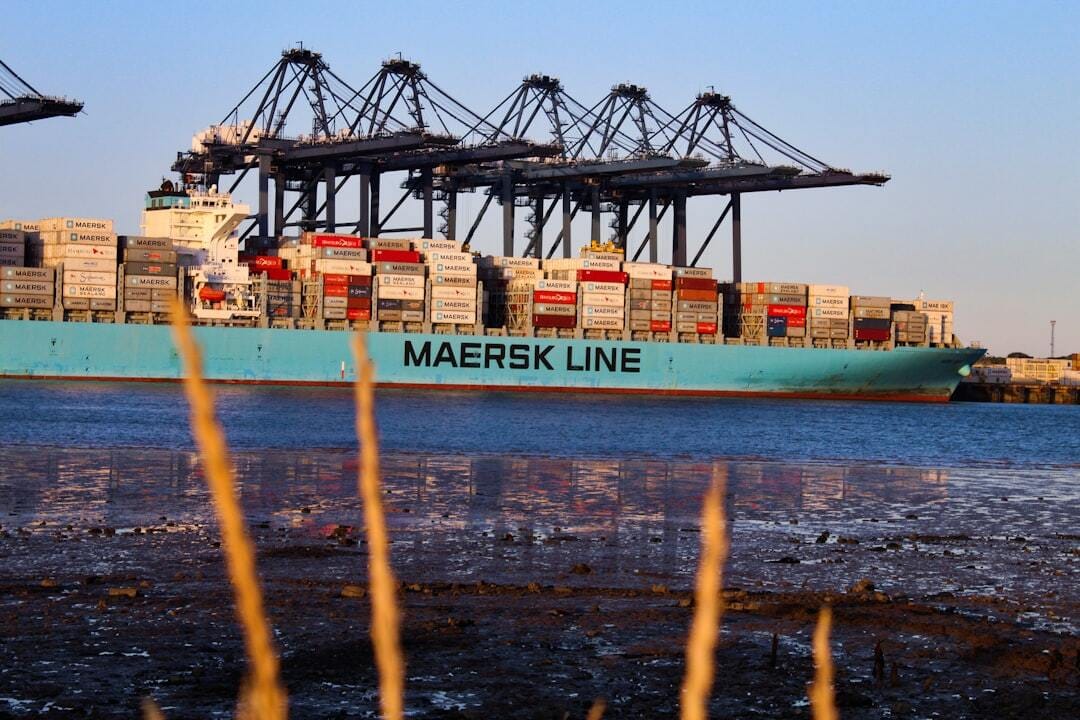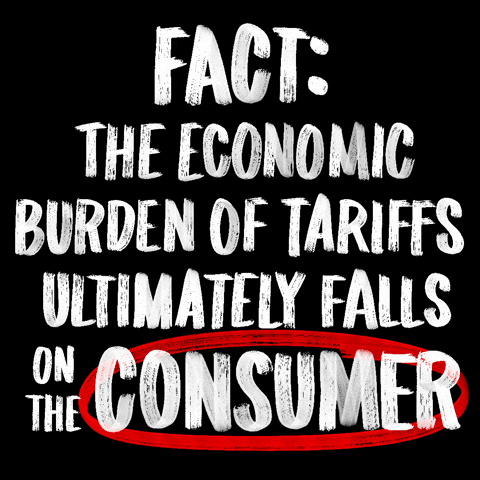- The Bread Bin
- Posts
- Tariffs, Turbulence, and Treasure Hunts: How US Trade Wars Are Shaping Global Stocks
Tariffs, Turbulence, and Treasure Hunts: How US Trade Wars Are Shaping Global Stocks
Tariffs are toll booths on the global trade highway. Some stocks stall, others speed ahead. Here’s how to spot the winners.

When America hikes tariffs, it’s like a referee blowing the whistle in the middle of a football match, everyone has to stop, reset, and figure out a new game plan.
The U.S. has slapped new tariffs on a range of imports. On paper, it looks like boring government policy. In practice, it’s shaking stock markets from London to Lagos and beyond. Value investors, big hitters, and emerging markets are all caught up in this high-stakes reshuffle.
Why it matters
Think of global trade as a motorway: goods zip back and forth like cars. Tariffs are toll booths suddenly dropped in the middle of the road. Traffic slows, detours appear, and some drivers (companies) find themselves stuck in jams while others spot shortcuts.
For value investors, that slowdown can be a gift. When panic hits, solid businesses get marked down like bread left on the supermarket shelf at 6 p.m. Its still perfectly good, just unfairly cheap.

For big hitters, tariffs can be like a forest fire. Painful at first, but they clear the ground for new growth. A small firm in Vietnam or Mexico could suddenly step into contracts once monopolised by China, and in a few years, that could turn pennies into pounds.
In emerging markets, tariffs sting in the short term. Factories slow, exporters grumble. But they also force countries to innovate, diversify, and grab fresh opportunities. It’s the classic “one door closes, another opens” moment, if you know where to look.
Guru rationale
Tariffs are noise. Companies with deep moats, like Coca-Cola or ASML will still thrive in the long term. So as an bread winning investor, focus on the castle, not the storm outside.
Trade wars create a second order effect: tariffs → higher costs → inflation → interest rate shifts. Most people stop at step one; the smart money thinks through the chain reaction.
Be disciplined. Market tantrums turn good businesses into bargains, but you need patience and a checklist to separate treasure from trash.
Tariffs are reminders that the world doesn’t revolve around the U.S. Watch Asia, Africa, and Latin America for new growth engines.
Evidence & metrics
The MSCI Emerging Markets Index is down ~8% this quarter, that’s like seeing the price of a popular car model suddenly drop at dealerships worldwide.
Price-to-Earnings (P/E) ratios in tariff heavy sectors (U.S. retailers importing from Asia) have slid to the low teens. Their 5 year average was 18. In plain English: shares are now priced like discount stock at an outlet mall. Hmm we smell opportunity.
Vietnam’s stock market is up ~12% this year. Electronics firms there are snapping up orders once controlled by Chinese manufacturers, a classic case of one man’s loss being another man’s lottery ticket.

Brazilian and Indian exporters are enjoying higher demand as U.S. buyers scramble for alternatives, like shoppers switching supermarkets when one raises prices.
Shipping giants such as Maersk are reporting higher volumes on non China routes, suggesting the trade “traffic jam” is already redirecting global flows.
Risks & counterpoints
Tariff boomerang: Higher costs for U.S. consumers could backfire, leading to less spending across the board. It’s like raising rent so high your tenant moves out—nobody wins.

Sticky supply chains: Moving factories isn’t like moving house. It can take years and billions to rebuild capacity elsewhere.
Value traps: Not every “cheap” stock is a bargain. Some are more like expired milk—looks fine on the outside, but useless once you open it.
What a smart investor would do next
Screen for bargains: Hunt in the sectors slapped hardest by tariffs. Look for strong balance sheets and low debt companies, that can survive a storm without sinking.
Follow the detours: Track which countries are winning supply chain re-routes (Vietnam, Mexico, India). Research their top listed exporters.
Play the long game: Start small positions now, and be ready to add more when panic creates fire sale prices. Remember, great fortunes are often built during messy transitions.
Already subscribed, then you don’t have to do anything except enjoy our great content.
If you haven’t subscribed yet and want deeper weekly insights on global investing. Subscribe now and get the playbook before the next tariff twist.
Quick favour - what part of today’s post stuck with you? The charts, the story, or the takeaway? If you think a mate would get something out of it too, hit the share button at the top of the page and pass it on. We’re trying to give as many people as possible, the chance to make their money work harder.
⚠️ Disclaimer:
This is for educational purposes only, and is not financial advice. Always do your own research before making investment decisions.